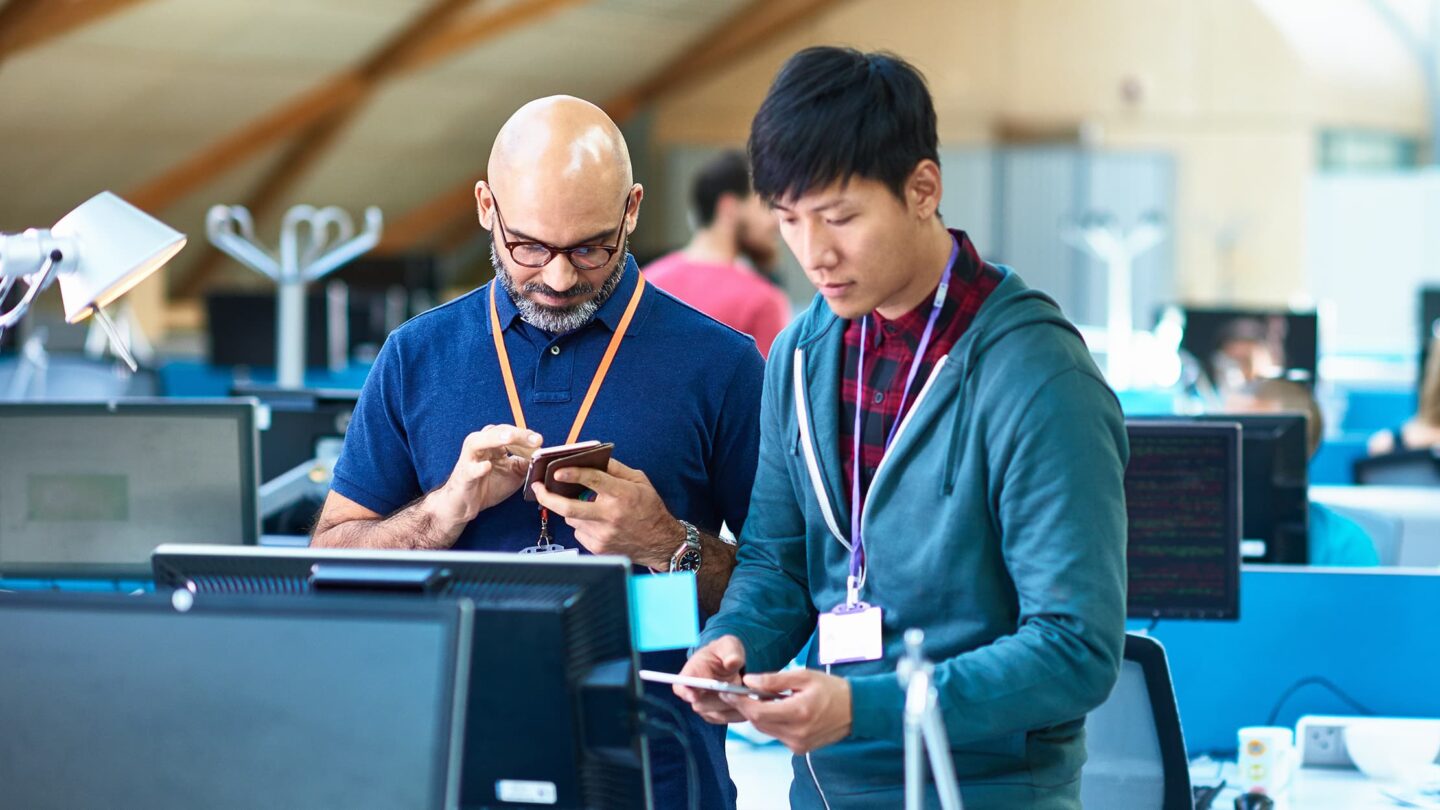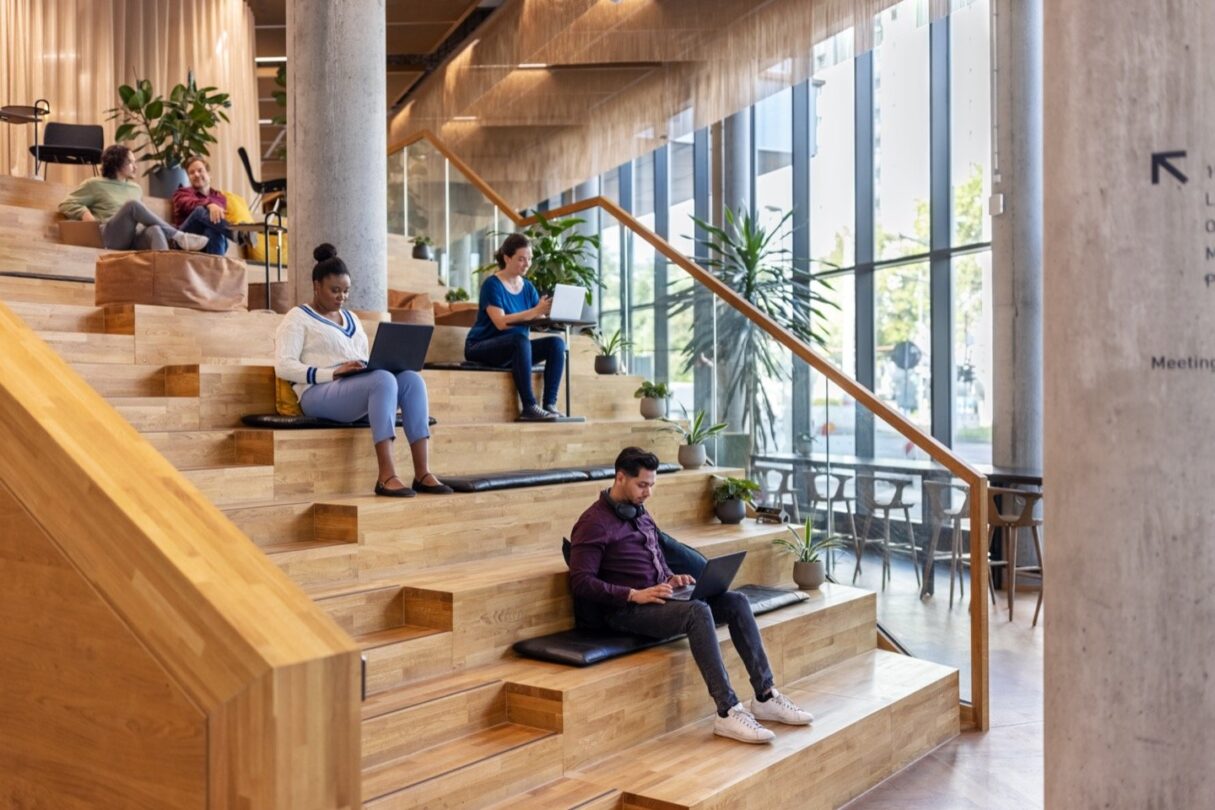People & Leadership
Everything you need to know about machine learning in HR
Machine learning in HR is set to become the expectation, not the exception, says Ben Eubanks, Principal Analyst at Lighthouse Research & Advisory.

Take a second and think about the best manager or leader in your organization.
What does he or she do differently from the rest?
If you could clone that person and spread their best practices throughout the company, would you?
In the past, this has been a thought exercise or a fantasy. But machine learning technologies enable us to get a step closer to making this a reality.
Artificial intelligence (AI) is the larger ‘bucket’ of technologies that encompasses a range of methods, such as deep learning or neural networks, but the important part that applies to most HR use cases is what is known as machine learning.
The difference between machine learning and AI
Both AI and machine learning are big tech trends that often get referred to almost interchangeably, and although they are related, they are not the same thing.
AI is a branch of computer science attempting to build machines capable of intelligent behavior, while machine learning describes a technology that completes tasks like a person, and (in some cases), even learns from the results and factors that into future iterations.
Understanding AI and the way it’s changing the world of work is essential for HR and People professionals.
From using natural language processing and ensuring job adverts are free from bias and gendered language, to implementing chat bots to enhance the employee experience, AI has created opportunities for the HR function.
My book, Artificial Intelligence for HR, empowers HR professionals to leverage this potential and use AI to improve efficiency and develop a talented and productive workforce.
Exploring the use of AI in the HR sector, from recruitment and retention to employee engagement and learning and development (L&D), it also includes essential discussion of the challenges that can arise from AI and how to deal with them, including how to balance a human workforce with the rise of machine learning and robotics.
Applying machine learning in HR
There are a wide variety of applications for machine learning, from recruiting to talent management to learning.
For example, sentiment analysis allows us to understand what employees are thinking and feeling by analyzing unstructured text conversations or survey data.
However, the exciting point is when we use machine learning to analyze the text and then make recommendations.
For instance, if one workgroup is consistently seeing issues with leadership or communication, the system might trigger a training event for the manager to watch a TED video or take a short course on how to improve leadership or transparency.
Beyond just analyzing information it can actually give recommendations, scaling HR’s reach throughout the organization.
Level of take-up
Recruiting is at the forefront of machine learning adoption today because of the high volume of interactions that sourcing and recruiting require.
At the same time, there’s so much value in learning and development to be reaped by using AI technologies that I imagine it isn’t too far behind.
The bigger the company, the more volume and transactions, which means more value and opportunity for automation.
More volume typically means areas such as hospitality, retail, or healthcare, but that doesn’t mean machine learning is confined to these areas any more than good management practices would be confined to any particular industry.
Who’s already using it?
There are some great advances that have been seen in areas such as sourcing, chatbots and personalized training and coaching, but there’s still an incredible amount of opportunity ahead.
I envision a future where machine learning is woven throughout the HR technology stack, enabling us to reach our objective of truly partnering with the business.
IHG (International Hotels Group) is doing some really great work with automating assessments to determine the best skill and culture fit for its diverse hotel brands around the world.
Additionally, firms such as Uber are trying to use automation to drive pay parity among male and female workers.
But some of the more radical examples such as Amazon’s hiring experiments give us a look at what the future might hold for some roles.
In Amazon’s experimental hiring practice, it totally automated the job application process, making automatic offers to candidates that fit the job skill requirements without ever requiring an interview or conversation.
Barrier to adoption?
There are several barriers we need to be aware of, ranging from technology issues with integration and data privacy, to more personal challenges such as algorithm aversion.
For instance, research shows that we’re more likely to prefer human judgment, even when it’s shown to be flawed.
This is a problem and something that will hinder companies, as long as they let it be an issue.
Machine learning – the new norm?
Many may think it’s a passing fad, just like metrics and data analysis – which is to say it’s not a fad at all.
The thing to note that is different about machine learning, is that it will most likely eventually become an expectation more than an exception when it comes to HR software.
We’ll just come to expect that our machine learning-enabled technology can handle things that today’s more static technologies can’t.
I’ve always been a proponent of high-touch HR. We should always be adding value for employees and leaders within the firm.
However, there’s a physical limit on how much we can do from that perspective.
AI and machine learning will allow us to extend our capabilities and offer more personalized approaches to a wider variety of employees, benefiting everyone involved.
Machine learning will make HR even more human
Fundamentally, I think AI (which machine learning is a branch of) is going to make HR more human.
HR teams have to do so many things that are not very fun but are crucial parts of the function – a lot of data requests, a lot of answering the same questions over and over again for different people – and being able to automate some of those things away by giving it over to a bot or an algorithm, doesn’t necessarily mean your people will get a less human experience.
They’ll actually get a more personalized experience, a faster experience, and they will get a response 24-7.
So, implementing machines in the employment journey can provide so much more, which ultimately creates a better workplace experience for employees and candidates.
Returning to the beginning when I said take a second and think about the best manager or leader in your organization; what if all of your managers were as good as your best one?
How would that drastically change every facet of the business as we know it?
The skills needed for the future
One final thing I want to highlight is an area beyond the technology. If we take the bait and believe that everything will be heavily automated in the next 10 years, what does that mean for us? What ‘human’ skills will matter?
The model I’ve developed includes key soft skills such as curiosity, creativity and compassion (among others) that we must continue to work on in order to remain relevant and competitive, as technology such as machine learning and AI becomes more prevalent.







Ask the author a question or share your advice